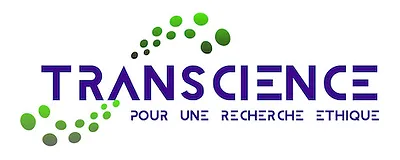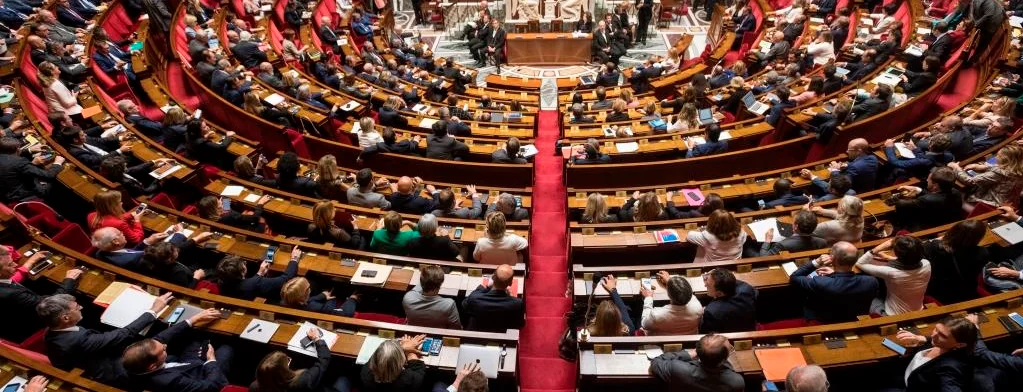While it is relatively easy to identify how European and national parliamentarians can act in favor of the transition to non-animal research (proposed laws or resolutions, amendments to draft legislation, written questions to the European Commission or the government), it is more difficult to identify the levers that local elected representatives (regions, inter-municipalities, communes) can pull.
- The regions
France has 18 regions, 13 in metropolitan France and 5 overseas.
The scope of regional intervention is very broad.
It covers inter-city transport, high schools, vocational training, regional planning and the environment, but above all economic development: in particular, coordinating competitiveness clusters, implementing the regional scheme for economic development, innovation and internationalization (SRDE-II), defining guidelines for business aid, etc., as well as managing European programs, in particular the European Regional Development Fund, which is one of the structural funds for European investment.
One of the most effective ways of contributing at regional level to a transition towards non-animal research is to include orientations that can contribute to this in “the Schéma régional de l’enseignement supérieur, de la recherche et de l’innovation” (SRESRI).
The SRESRI has several objectives:
- Strengthen interactions between universities, research laboratories and companies to foster innovation and technology transfer.
- Improve training provision by meeting the needs of local businesses and promoting access to higher education for all.
- Develop modern research infrastructures adapted to today’s technological and scientific challenges.
- Encourage student and researcher mobility within the region and internationally.
Each region adapts the SRESRI to its own specificities and local priorities, in consultation with higher education, research and innovation stakeholders. To find out more, click here: Code général des collectivités territoriales, articles L4251-1 to L4251-11.
Once the SRESRI has been adopted by the Regional Council, it’s time to consider the second stage, which will turn its orientations into concrete measures. It will be necessary to draw up “implementing regulations”, which will have to be validated by the President of the Regional Council and the relevant administrative departments (the opinion of the Regional Economic, Social and Environmental Council – CESER – may also be required).
These regulations may include :
- Agreements and partnerships: between universities, companies and local authorities to promote research and innovation.
- Calls for projects: Funded by the regions or the State to support concrete initiatives in line with SRESRI guidelines.
- Development plans: drawn up by higher education establishments to align their actions with SRESRI objectives.
These various means can be implemented to help enhance and develop non-animal methods in research and higher education, and in so doing strengthen the region’s potential for innovation and attractiveness.
- Inter-municipalities and municipalities
Intercommunal bodies are groupings of communes that can take several forms: “syndicats de communes”, “communautés de communes”, “communautés d’agglomérations”, “communautés urbaines”, “métropoles”. Their powers vary in scope.
However, they all aim to better coordinate local actions, pool resources and strengthen territorial cohesion.
For example, “métropoles” – which are large-scale inter-municipal structures – have powers similar to those of regions. They can (among other things) make decisions relating to economic, social and cultural development, the environment and quality of life, urban development (including real estate projects), education and training (schools, universities and vocational training)…
What can be done at the metropolitan level?
As with the regions, the “métropoles” draw up strategic documents, notably the “Schéma de cohérence territoriale” (SCOT) and the “Plan local d’urbanisme intercommunal” (PLUi), which are territorial planning documents.
Calls for projects and grants: To give concrete form to the SCOT’s strategic orientations, the “métropoles” can launch calls for projects and award grants to support local initiatives that are in line with these orientations.
Agreements and partnerships: The “métropoles” can sign partnership agreements with universities, businesses and other local players to carry out specific projects in line with SCOT guidelines.
Metropolitan elected representatives wishing to promote the transition to non-animal research should therefore include a statement in the SCOT indicating the city’s desire to support the development and promotion of non-animal research and teaching methods. Several means will then be available to the Metropolitan Council to translate this orientation into concrete measures.
On the other hand, the Metropolitan Council can oppose a project construction project planned in one of the metropolitan area’s communes by means of a deliberation (breeding of animals for research purposes, expansion of an animal breeding, etc.) if the project is not compatible with the PLUi and the SCOT, or for other legitimate reasons. He can ask the local mayor to withdraw or modify the building permit.
What can be done at local level?
- Before granting a building permit for an animal farm or breeding facility for research purposes in your local area, make sure that all safety guarantees have been taken for the public and the environment. In the case of non-domestic animals, additional authorizations may be required from the “Agence nationale de sécurité sanitaire de l’alimentation, de l’environnement et du travail” (ANSES) or other competent bodies. Compliance with European standards in terms of animal housing and care will have to be verified, biosafety risks assessed and the need for additional impact studies considered, depending on the species in question.
- If you already have establishments breeding or using animals for scientific purposes in your area, make sure they comply with health and safety regulations. Research animal facilities are not without their health hazards. See the INRS document: ” Biological risks in research animal facilities “.
- The mayor has administrative police powers, particularly in terms of public health and safety. He or she can order controls and inspections to ensure compliance with current standards.
- Municipal agents: The mayor can call on municipal agents (municipal police officers, sanitation officers, etc.) to carry out checks in the field.
- Government departments: The mayor can call on government departments such as the “Agence Régionale de Santé” (ARS) for hygiene issues, or the “Direction Régionale de l’Environnement, de l’Aménagement et du Logement” (DREAL) for safety and environmental compliance issues.
- Municipal by-laws: The mayor can issue municipal by-laws to impose corrective measures if non-conformities are found during inspections.
In the event of failure to comply with regulations, the mayor can take coercive measures, such as formal notices, administrative sanctions, or even the temporary or permanent closure of the establishment in question.
- Another possible action: promote the use of non-animal-tested chemicals in public procurement.
It is possible to include a specific condition in invitations to tender for products used by the local authority – particularly cleaning products: “not tested on animals”.
The more municipalities make this choice, the more manufacturers will abandon animal testing in favor of other methods.
The list of possible actions is not exhaustive. Other opportunities may be considered depending on the context.




